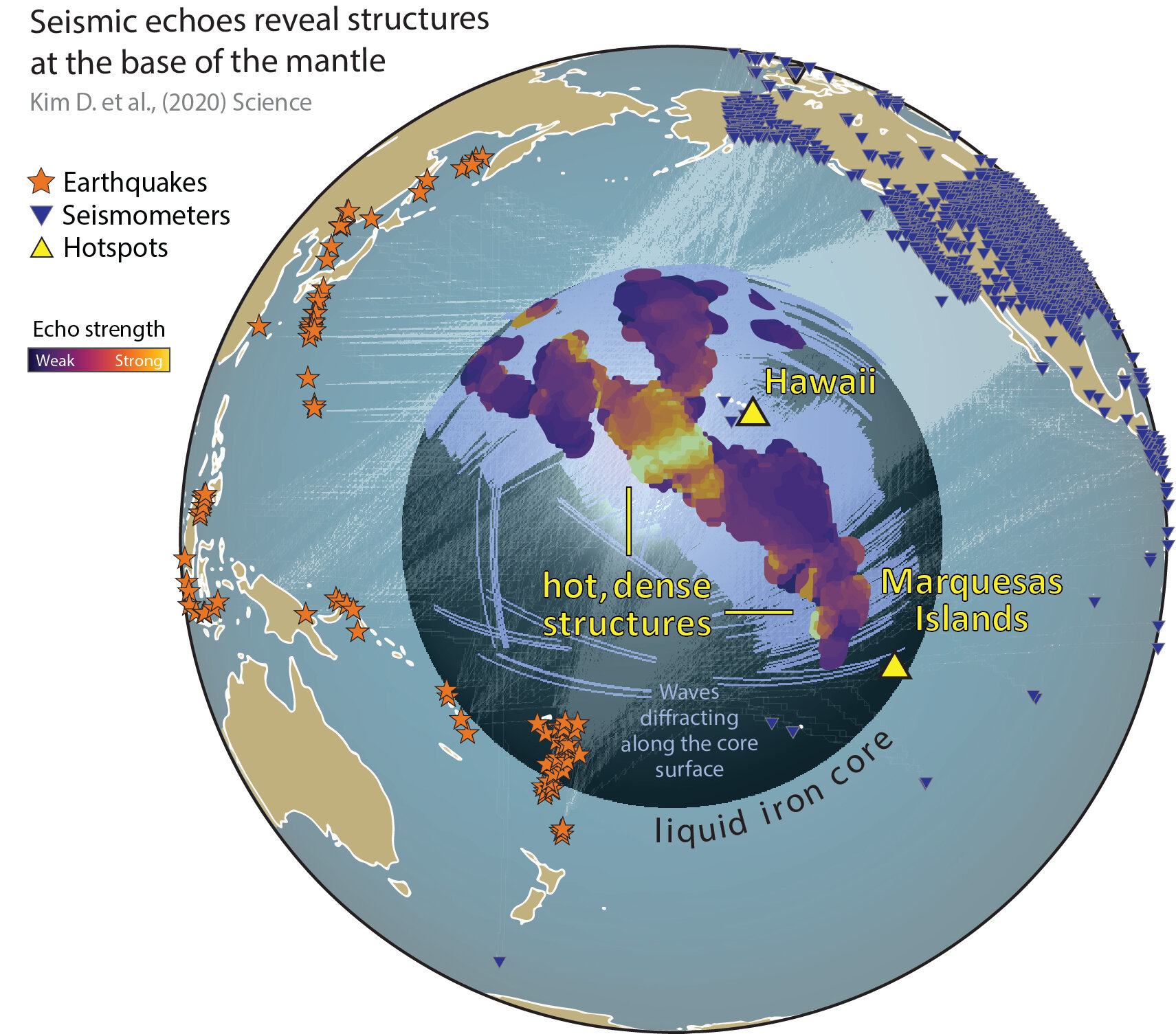“This sloth robot could help (very slowly) save our planet”
https://mashable.com/video/sloth-robot-atlanta-conservation/
Developed by engineers at the Georgia Institute of Technology, SlothBot is a three-foot long, solar-powered robot that monitors temperature, weather, carbon dioxide levels, etc. over the area it looms over.
“Projected Global Loss of Mammal Habitat Due to Land-Use and Climate Change”

https://www.sciencedirect.com/science/article/pii/S2590332220302517?dgcid=rss_sd_oa
Summary
Human pressure on the environment is driving a global decline of biodiversity. Anticipating whether this trend can be reverted under future scenarios is key to supporting policy decisions. We used the InSiGHTS framework to model the impacts of land-use and climate change on future habitat availability for 2,827 terrestrial mammals at 15 arcmin resolution under five contrasting global scenarios based on combinations of representative concentration pathways and shared socio-economic pathways between 2015 and 2050. Mammal habitat declined globally by 5%–16% depending on the scenario. Africa (with declines up to 25%) and South America were the most affected regions. African insectivores, primates, Australian carnivorous marsupials and marsupial moles, and South American opossums declined the most. Tackling this loss would require a mix of actions across scales, including a global shift toward sustainability, addressing land-use change in sub-Saharan Africa, and helping endemic species track climate change in South America.
“3 Years and $3 Trillion Could Shift the Climate Change Narrative”

Plummeting carbon emissions and big government spending—two of the defining narratives of 2020 so far—could create an unprecedented opportunity for the world to meet the goals enshrined in the 2015 Paris climate change agreement, according to the International Energy Agency. With $1 trillion of investment over each of the next three years, global energy-related CO₂ emissions could end up falling in 2023 by 4.5 billion metric tons, or 14% of last year’s total.
“Scientists detect unexpected widespread structures near Earth’s core”

https://phys.org/news/2020-06-scientists-unexpected-widespread-earth-core.html
University of Maryland geophysicists analyzed thousands of recordings of seismic waves, sound waves traveling through the Earth, to identify echoes from the boundary between Earth’s molten core and the solid mantle layer above it. The echoes revealed more widespread, heterogenous structures—areas of unusually dense, hot rock—at the core-mantle boundary than previously known.
“‘No one can self-isolate from climate change’; UK, French central banks urge action”

Governments must rebuild their economies after the coronavirus crisis to withstand the next shock heading their way – climate change, the central bank governors of Britain and France have said.


Recent Comments